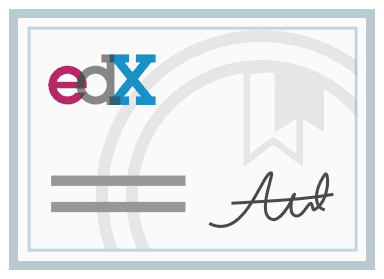Develop your skills with Excel, one of the common tools that data scientists depend on to gather, transform, analyze, and visualize data.
About this course
Excel is one of the most widely used solutions for analyzing and visualizing data. It now includes tools that enable the analysis of more data, with improved visualizations and more sophisticated business logics. In this data science course, you will get an introduction to the latest versions of these new tools in Excel 2016 from an expert on the Excel Product Team at Microsoft.
Learn how to import data from different sources, create mashups between data sources, and prepare data for analysis. After preparing the data, find out how business calculations can be expressed using the DAX calculation engine. See how the data can be visualized and shared to the Power BI cloud service, after which it can be used in dashboards, queried using plain English sentences, and even consumed on mobile devices.
Do you feel that the contents of this course is a bit too advanced for you and you need to fill some gaps in your Excel knowledge? Do you need a better understanding of how pivot tables, pivot charts and slicers work together, and help in creating dashboards? If so, check out DAT205x: Introduction to Data Analysis using Excel.
edX offers financial assistance for learners who want to earn Verified Certificates but who may not be able to pay the fee. To apply for financial assistance, enroll in the course, then follow this link to complete an application for assistance.
What you’ll learn
- Gather and transform data from multiple sources
- Discover and combine data in mashups
- Learn about data model creation
- Explore, analyze, and visualize data
Course Syllabus
Week 1
Setup the lab environment by installing Office applications. Learn how to perform data analysis in Excel using classic tools, such as pivot tables, pivot charts, and slicers, on data that is already in a worksheet / grid data. Explore an Excel data model, its content, and its structure, using the Power Pivot add-in. Create your first DAX expressions for calculated columns and measures.
Week 2
Learn about queries (Power Query add-in in Excel 2013 and Excel 2010), and build an Excel data model from a single flat table. Learn how to import multiple tables from a SQL database, and create an Excel data model from the imported data. Create a mash-up between data from text-files and data from a SQL database.
Week 3
Get the details on how to create measures to calculate for each cell, filter context for calculation, and explore several advanced DAX functions. Find out how to use advanced text query to import data from a formatted Excel report. Perform queries beyond the standard user interface.
Week 4
Explore ways to create stunning visualizations in Excel. Use the cube functions to perform year-over-year comparisons. Create timelines, hierarchies, and slicers to enhance your visualizations. Learn how Excel can work together with Power BI. Upload an Excel workbook to the Power BI service. Explore the use of Excel on the mobile platform.
Meet your instructors


Dany HoterSolutions ArchitectDataRails

Jonathan SanitoSenior Content DeveloperMicrosoft
Pursue a Verified Certificate to highlight the knowledge and skills you gain $99.00

- Official and VerifiedReceive an instructor-signed certificate with the institution’s logo to verify your achievement and increase your job prospects
- Easily ShareableAdd the certificate to your CV or resume, or post it directly on LinkedIn
- Proven MotivatorGive yourself an additional incentive to complete the course
- Support our MissionEdX, a non-profit, relies on verified certificates to help fund free education for everyone globally
